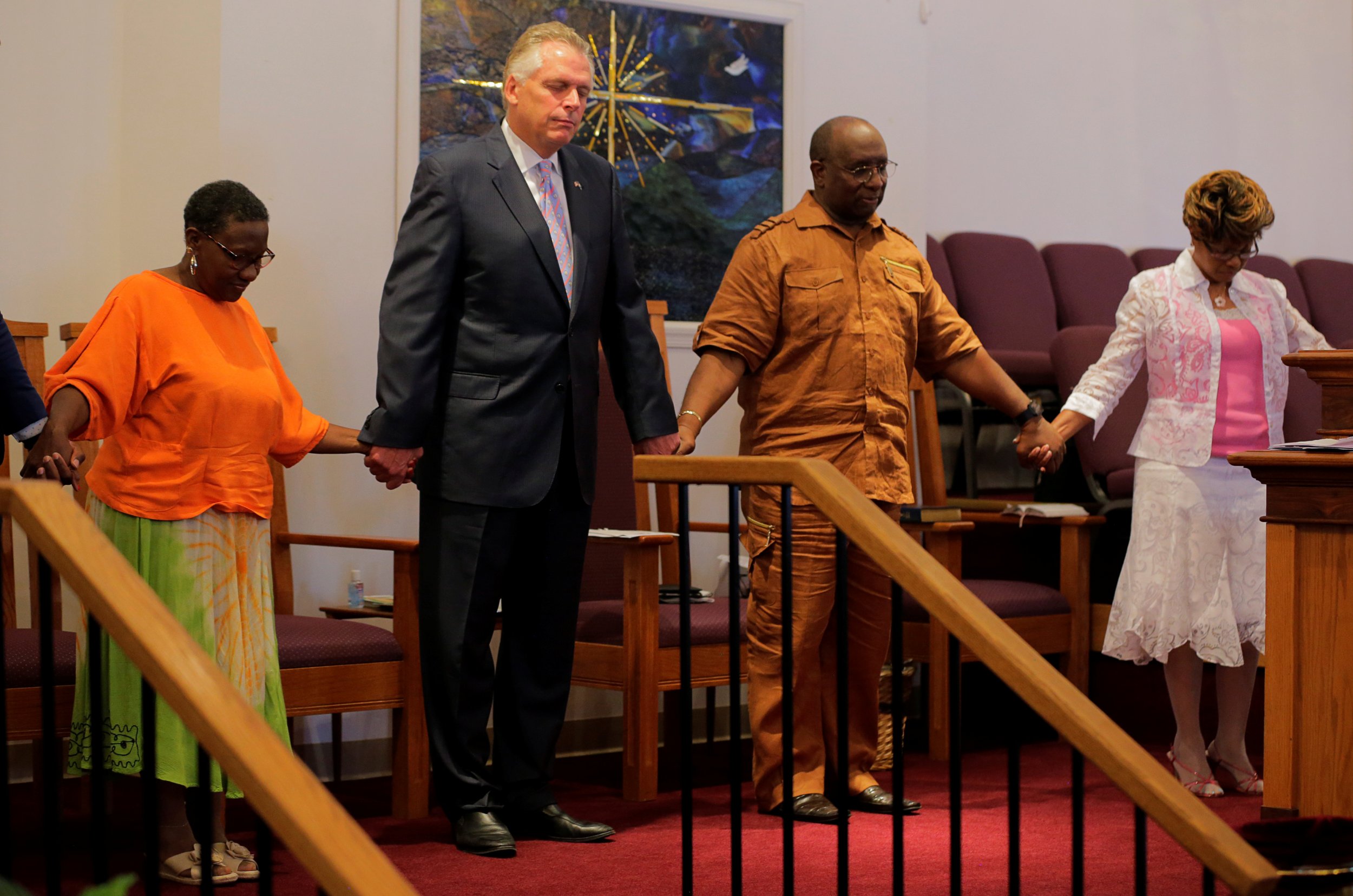
A white nationalist rally over the weekend in Charlottesville, Virginia, has once again thrust America's long history of racism into the national spotlight, casting the country's troubled record on rights for nonwhites as not a problem of the past but an ongoing, festering wound that continues to disenfranchise significant swaths of U.S. citizens.
The "Unite the Right" rally in Virginia was aimed at protesting the removal of a statue of General Robert E. Lee, a Confederate hero. Protesters waved Confederate flags and chanted, "You will not replace us," a statement pointing to the growing fear among certain white nationalist leaders that the U.S. will be a majority-minority nation.
These fears are not unfounded, depending on whom you identify as white.
The nation's great thinkers have for decades pointed out the fallacy and racism inherent in grouping people by the color of their skin, particularly in a nation where the South's "one-drop rule" meant anyone with a black ancestor could be sold into the slave trade, regardless of how many white grandparents the person had.
Writer Ta-Nehisi Coates examined the nation's tortured history in his probing autobiographical Between the World and Me, through his repeated use of phrase "people who believe they are white." "Some of these straight-haired people with blue eyes have been 'black.' ...Virginia planters obsessed with enslaving as many Americans as possible are the ones who came up with a one-drop rule that separated the 'white' from the 'black,' even if meant that their own blue-eyed sons would live under the lash," he wrote in the 2015 best-selling book.
Decades earlier, social critic and writer James Baldwin challenged the nation's obsession with racial categories in in a 1963 television segment titled "The Negro and the American Promise." "What white people have to do," Baldwin said at the time, "is try to find out in their hearts why it was necessary for them to have a nigger in the first place. Because I am not a nigger. I'm a man. If I'm not the nigger here, and if you invented him, you, the white people, invented him, then you have to find out why. And the future of the country depends on that. Whether or not it is able to ask that question."
Baldwin often sought to remind white America of its malleable racial differences, referring to African-Americans as the nation's "bastard" children. "The truth is this country does not know what to do with its black population," he once said. "Americans can't face the fact that I am flesh of their flesh."
Further back, Mark Twain explored the skin-deep racial policies of the South in Pudd'nhead Wilson, his 1894 novel that tells the story of a slave and a white aristocrat, both fathered by the master of the house, who are switched in infancy and forced to live under the social roles of the time, regardless of their similar appearances.
Nevertheless, under the current racial demographics widely accepted across the U.S., white people have seen signs that their dominance over the general population might be waning. The Census Bureau announced in 2012 that non-Hispanic whites made up a minority of births in the U.S. for the first time. That year, minorities made up 50.4 percent of the nation's infants, in part because of a booming Hispanic population.
Some demographers have predicted the U.S. will become a majority-minority nation by 2050, with African-Americans, Asians, Hispanics and other minority groups outnumbering the people we call white.
The shift in the nation's racial demographics have already been stark. In 1965, whites represented 85 percent of the population, with the other 15 percent made up of African-Americans. These days, white people make up just 60 percent of the nation, while Hispanics account for 18 percent and Asians about 6 percent.
"The forces behind this transformation are a mix of immigration, births and deaths. The United States is more than four decades into what has been, in absolute numbers, the biggest immigration wave in its history–more than 40 million arrivals. Unlike previous waves that were almost entirely from Europe, the modern influx has been dominated by Hispanic and Asian immigrants," the Pew Research Center concluded in 2012.
And that's exactly what white nationalists fear.
Richard B. Spencer, one of the nation's leading white nationalists who has backed President Donald Trump, has called for protecting the "heritage, identity, and future of people of European descent in the United States, and around the world" by creating a white "ethno-state." He supports doing so through "peaceful ethnic cleansing" that would remove minorities from the U.S.
After Trump condemned people protesting Nazis at the Virginia rally over the weekend, Spencer said this week he didn't think the president was truly denouncing neo-Nazis, the Ku Klux Klan and white supremacists.
"His statement today was more kumbaya nonsense," said Spencer. "Only a dumb person would take those lines seriously."
Uncommon Knowledge
Newsweek is committed to challenging conventional wisdom and finding connections in the search for common ground.
Newsweek is committed to challenging conventional wisdom and finding connections in the search for common ground.
About the writer
Cristina Silva has written for the Associated Press, the Tampa Bay Times, the Boston Globe, the Miami Herald, Salon, International Business ... Read more
To read how Newsweek uses AI as a newsroom tool, Click here.








